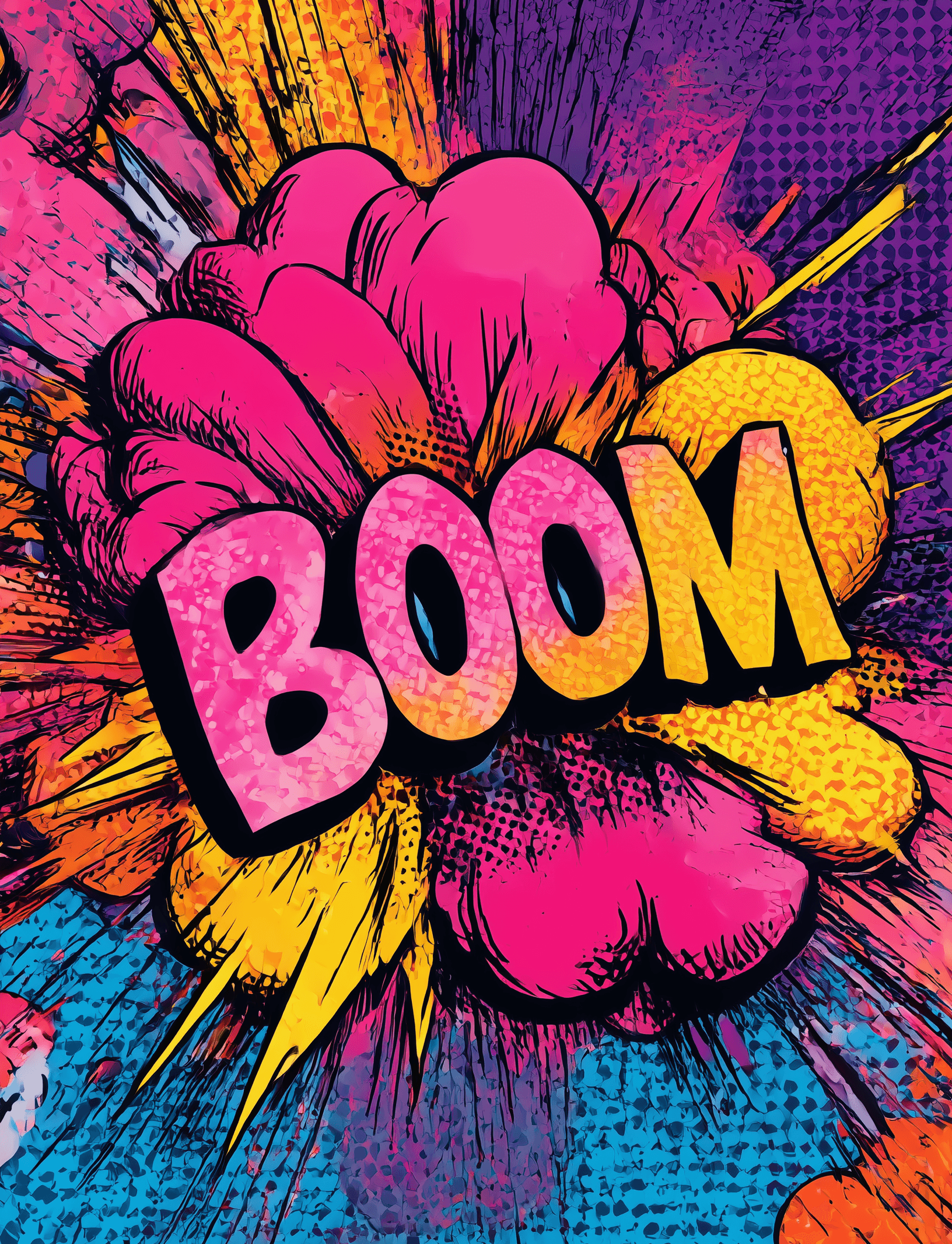
Balancing craft and process
Feb 10, 2025
Let’s talk about something I’ve wrestled with as a product designer: getting lost in process. There’s always this push to turn design into a neat system-frameworks like “Design Thinking,” endless documentation, step-by-step guides. But here’s what I’ve found: the best design often happens when you strip all that away and just focus on the craft itself. Simplicity, not structure, is what unlocks real creativity.
The paradox of too much process
Here’s the problem with process. The more you try to box design into rigid methodologies, the less room there is for it to breathe. Every extra framework or checklist makes things stiffer, less adaptable. You’d think standardizing design would make it more accessible, but does it make it better? I’ve noticed the opposite. When I force design into a formula, it loses its spark. More process means more overhead—more meetings, more rules—and less space for a designer’s unique take. Don’t get me wrong: documentation, design systems, user research-they’re useful. But they don’t guarantee great work. What does? Just caring deeply about what you’re making and putting thought into every choice. That’s it. That beats any prescribed system every time.
What design really is
Take something like Design Thinking, with its tidy steps—discover, define, develop, deliver. It’s a nice map, sure, but it misses the heart of design. Design isn’t just problem-solving with a flowchart. Engineers solve problems. Doctors solve problems. Electricians solve problems. But designers do something else. We’re not just applying logic; we’re chasing beauty, expression, meaning. Design is as much art as it is science. It’s about shaping tools and experiences that don’t just work, but feel right, look right, connect on a deeper level. You can’t boil that down to a checklist.
Creativity as the canvas
Think of design as a canvas—whether it’s an app interface, a website, or a marketing campaign. That canvas isn’t there to be filled with rules or frameworks. It’s there for your creativity, your care, your skill. Frameworks and documentation? They’re tools, not the goal. The real aim is to pour craft and excellence into what you make. If you get too hung up on the mechanics—on following the “right” process—you risk losing the soul of design. The best designs aren’t the ones that check every box. They’re the ones that hit people emotionally, personally. They make you feel something.
A lesson from losing focus
I remember early in my career, I got obsessed with following the latest design frameworks. I’d spend hours on diagrams, post-it notes, whiteboards, mapping out every single step. I thought that was the path to good work. But I was wrong. I’d lost sight of why I got into design in the first place. It wasn’t about process; it was about making things I cared about. So I stepped back. I started sketching and prototyping with more freedom, more playfulness. And you know what? The work got better-way better. When I let go of rigid rules and leaned into my own creativity, my love for the craft, everything clicked. That’s when I realized process can be a trap if you let it take over.
Getting back to the essence
Here’s what I’ve come to believe: design, at its core, is about pushing what’s possible. Every project is a chance to do that. Methodologies are just guides—they’re not the law. The next time I find myself drowning in process, I’m going to step back and reconnect with the simple joy of making something meaningful. It’s about skill, intuition, care. That’s the essence of design. That’s what matters. If you hold onto that, the rest-frameworks, systems, whatever-falls into place. Lose it, and no amount of process will save you.
Spencer Camp





